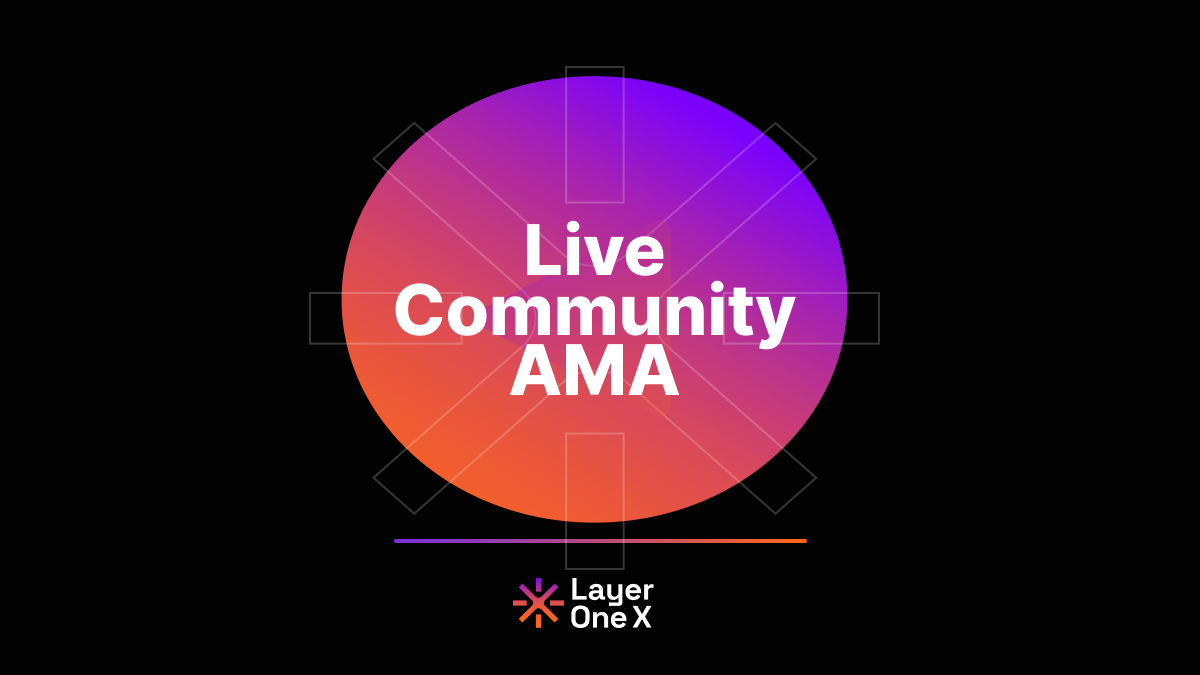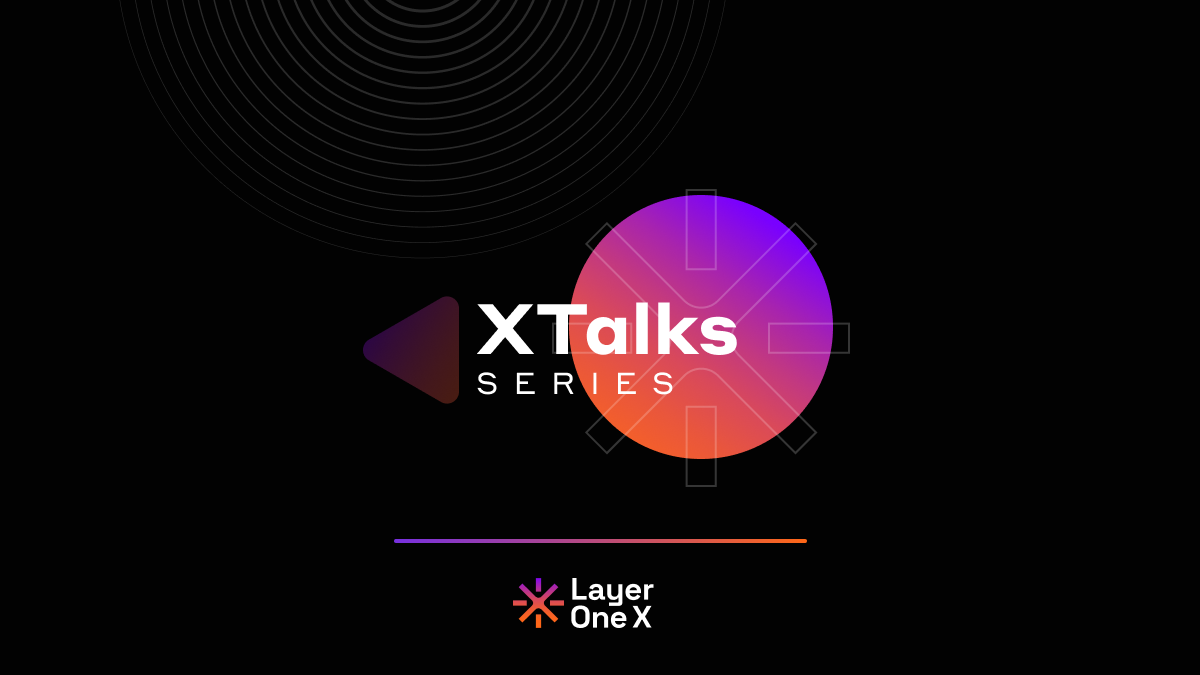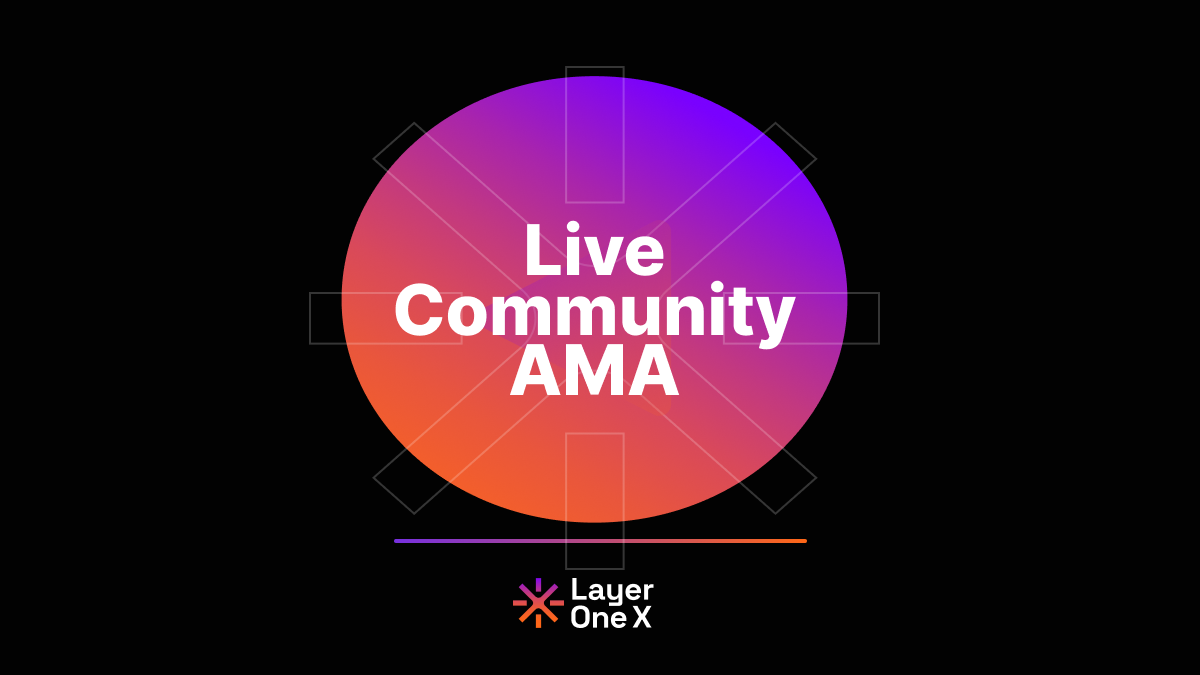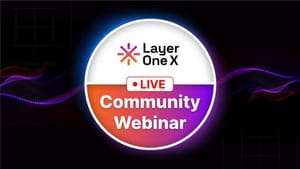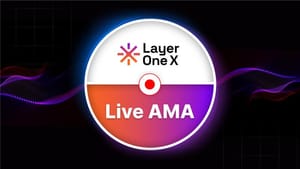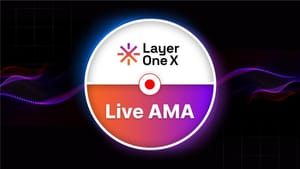L1X Virtual Machine – A Deep Dive
In an electrifying live session hosted by Kody, Kevin, a self-proclaimed expert in virtual machines (VMs), delivered a masterclass on the Layer One x (L1X) VM—a cornerstone of this innovative blockchain protocol. With a global audience tuning in, Kevin unpacked the technical brilliance behind L1X’s infrastructure, blending high-level insights with real-world analogies (think F1 engines and McDonald’s kitchens) to make it digestible for both developers and enthusiasts. Here’s the rundown of this jam-packed Part 1, with Part 2 still to come.
The VM: The Heart of the Blockchain Race
Kevin kicked off by likening the VM to a car engine—without it, you’re not even in the race. In blockchain terms, the VM ensures deterministic execution across nodes, meaning everyone gets the same answer every time. For Layer One x, this is critical to scalability and security. Unlike many projects that fork existing VMs like Ethereum’s EVM, Kevin’s team built the L1X VM from scratch, tailoring it for Rust-based smart contracts compiled into Web Assembly (WASM) and then into eBPF bytecode via LLVM IR. Why? To offload computation from nodes to edge devices like IoT gadgets, a visionary move for a future where decentralization extends beyond traditional nodes.
Compilation and Execution: From Rust to Reality
Kevin walked through the compilation flow. Developers write Rust code, which gets translated into WASM via high- and low-level intermediate code, then into eBPF for execution. This dual-step process ensures portability (think browser games) and efficiency, with eBPF’s register-based runtime outperforming WASM’s stack-based approach—like assembling a burger at McDonald’s versus stacking plates in a cramped kitchen. The L1X VM interacts with the node’s database driver for state management, ensuring secure, scalable transactions.
Three Contract Types and Xtalk Synergy
Layer One X supports three contract types: L1X VM contracts (for native functionality like NFTs), L1X EVM contracts (for Solidity developers), and Xtalk contracts (leveraging event-listener nodes for external data). These can interoperate seamlessly, with the L1X SDK simplifying development by offering macros and system calls. Kevin highlighted a minting example: an Xtalk contract listens for an Ethereum event, serializes it for the L1X EVM, and mints an ERC-20 token—all controlled by a single “conductor” contract for efficiency.
Beyond Web3: IoT and Scalability
What sets L1X apart? Its forward-thinking design. By compiling WASM to eBPF, the VM can run on IoT devices, reducing node burden and opening doors to applications like Fitbit rewards secured by Web3. Community questions sparked lively tangents—could it scale Bitcoin? (Yes, with Xtalk and sharding help.) Could it replace EVM? (Not yet, due to Solidity’s adoption edge.) Kevin’s vision, inspired by hiring a Samsung Knox alum, is a decentralized future where everyday devices execute contracts.
Community Q&A and Alpha Drops
The session buzzed with community queries. Kevin confirmed the testnet’s availability for devs, tackled double-spending prevention (via a clean EVM-like model), and teased an upcoming explorer (version 2) with CSV export potential. The biggest alpha? An airdrop with a four-month vesting period and public transparency on his own coin allocations. Oh, and Perth locals now recognize him as “the L1X guy”—a testament to the community’s hype.
Takeaway: A VM Built for Tomorrow
Kevin’s masterclass underscored Layer One x’s ambition: a VM that’s not just a tool but a foundation for a scalable, interoperable, device-driven Web3. With a Hashlock audit report dropping soon and Part 2 promising an opcode deep dive, this session was a pit stop in a race that’s just heating up.


